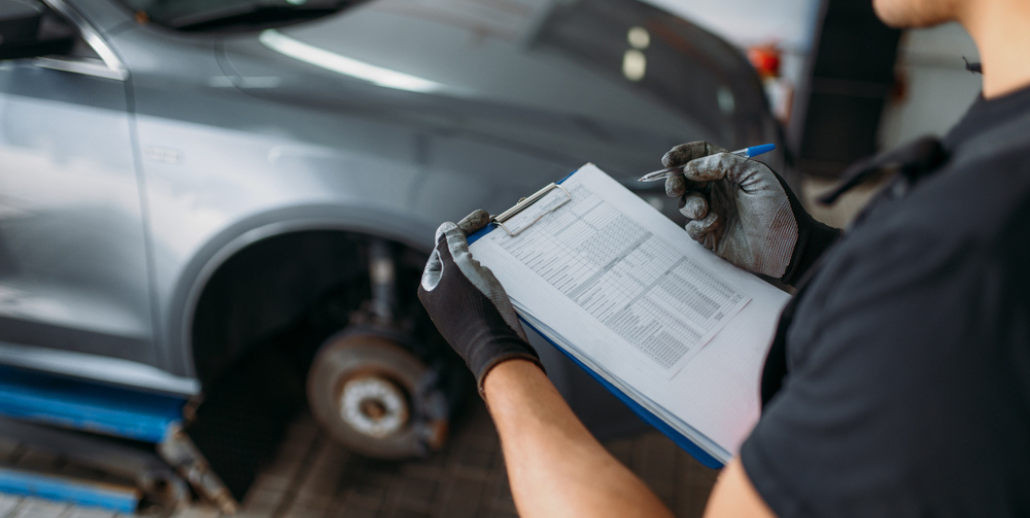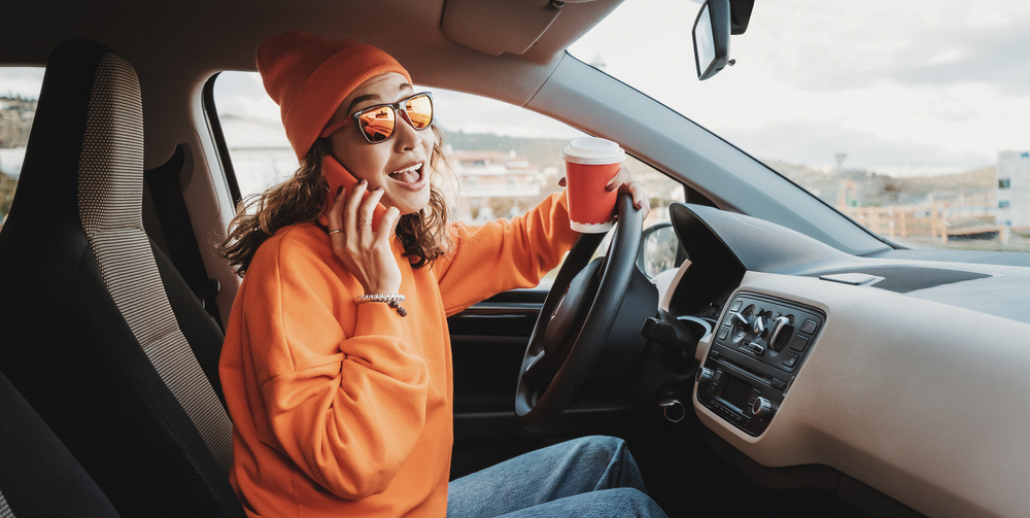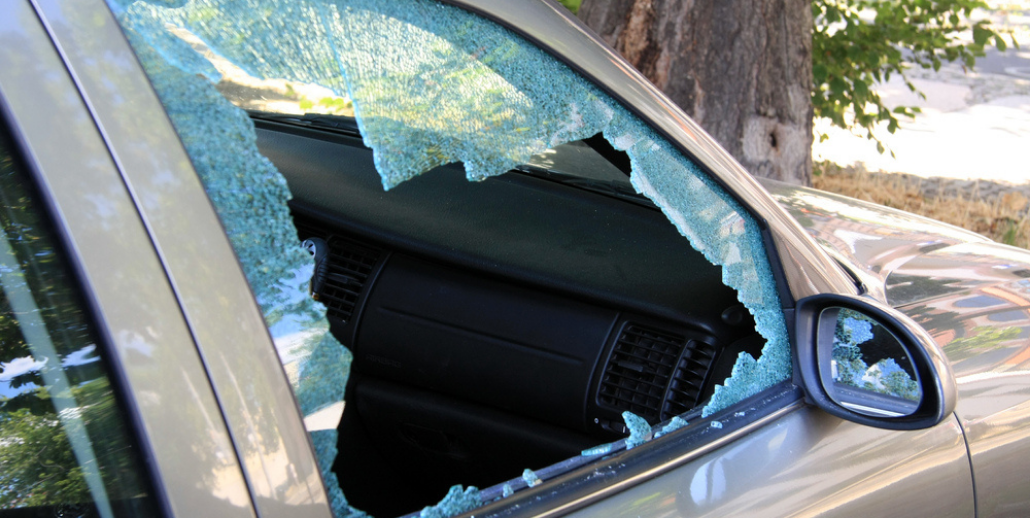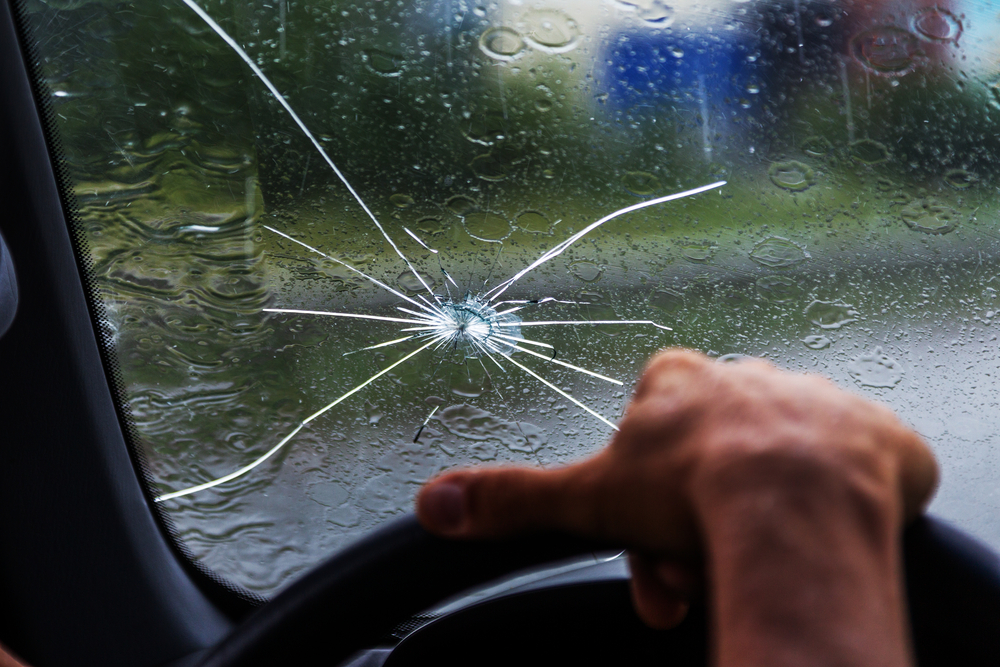Potholes might look like small craters in the road, but they can cause significant damage to your vehicle. For that reason, avoiding potholes is a must, especially if you want to prevent costly repair bills. Here are a few things you can do to limit the damage caused by a pothole.
What Causes a Pothole?
Any depression on the surface of a road is considered a pothole. They often develop after water seeps into the crevices and cracks of the pavement. As a result, gravel and dirt push towards the surface when the water freezes and expands. Once the temperature warms up, holes will form in the pavement. These large divots in the road cause damage to vehicles. Unfortunately, any pothole damage is the driver’s responsibility, and it can affect the suspension and other parts of the car.
How To Safely Drive Over a Pothole
Depending on the size of the hole, damages from a pothole can be minor or severe. If you want to avoid any possible repair bills, you must learn to move around these holes. Here are a few things you can do to prevent pothole damage to your car.
Slow Down
Significant damage can result from traveling over the hole at a high rate of speed. When you spot that pothole, you should lower your speed. Before you get to the pothole, slow down but don’t push on the brakes. Braking can actually increase the risk of damage to your vehicle.
Use Caution When Traveling Over Puddles
Always assume that a puddle could be a large pothole. After a heavy rain, water can fill up the pothole, making it seem like a small puddle. However, these puddles are covering up a large pothole in the road. You always want to avoid driving in any pool of water. Try to maneuver around the puddle safely.
Prepare for Impact
Hitting a pothole can cause you to lose control of the vehicle. You need to take a firm grip on the steering wheel to maintain control. If you have passengers in the car, warn them of the potential impact.
Keep a Safe Distance from Other Vehicles
When you spot a pothole, keep a safe distance from the vehicle in front of you. You can reduce the risk of an accident by providing enough space for other cars. This action can prevent a rear-end collision, especially if the driver in front of you swerves or slams on the brakes.
Inflate Your Car’s Tires To the Proper Level
If you have under-inflated tires, they might not withstand driving over a pothole. You always want to ensure that the tires are inflated to the proper air level for your vehicle. The correct PSI is located in the owner’s manual or on the side of the driver’s door. If you want to stay safe, always check the tire pressure about once a month.
Potholes and Vehicle Damage
Pull over to a safe area if you have already driven over a pothole and think it damaged the vehicle. You should get out and inspect your vehicle for any signs of damage. In some cases, the damage might not be visible to you. Here are a few places to check on your car.
Tires
Potholes can affect the integrity of your tires. Most of the damage occurs to the sidewall. After the tire hits the pothole, it can lose air. You might even see the tire pressure monitoring system (TPMS) light on your dashboard. In many cases, the tire will need to be replaced.
Wheels
Wheels are also susceptible to pothole damage. When a wheel is damaged, it will not travel smoothly on the road. Like a tire, wheel damage often requires a complete replacement.
Suspension
Driving over a pothole can cause damage to your suspension system. In some situations, your vehicle would shift out of alignment. If the vehicle is pulling to the left or right, you need to get your car inspected by an experienced auto body repair shop.
However, these areas are not the only places where damage could occur. If any strange noises are coming from the car, you will need to have it inspected by an auto body shop. Even minor damage could cause significant problems down the road.
Potholes are problematic, and you will always want to avoid them on the road. If you cannot avoid these holes, try safely driving over them. With that, you may be able to lower your risk of damaging your vehicle.
Unfortunately, potholes cause hundreds of dollars of damage every year. Potholes can develop on any road or street when the temperatures drop and rise quickly. If you have traveled over a pothole and now notice problems, make sure to schedule an inspection for your vehicle. With that, you may save yourself from larger repair bills down the road.
Get Your Vehicle Inspected Today
At Elmer’s Auto Body, we can repair your vehicle and get it back to that pre-accident condition. Potholes can cause damage to the wheels, tires, and suspension. Driving a car with poor suspension can be dangerous, putting you and other drivers at risk. A full inspection will ensure that your vehicle is safe for the road.
Our technicians use the latest technology and tools to fix those damaged areas. Your satisfaction and safety are our top priorities. Don’t ignore any pothole damage. When you need to find an “auto body shop near me”, schedule a consultation by calling (856) 218-0202.






